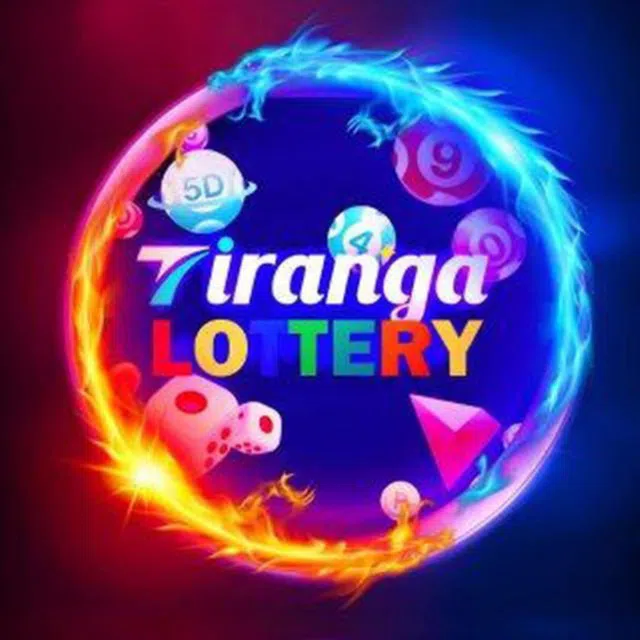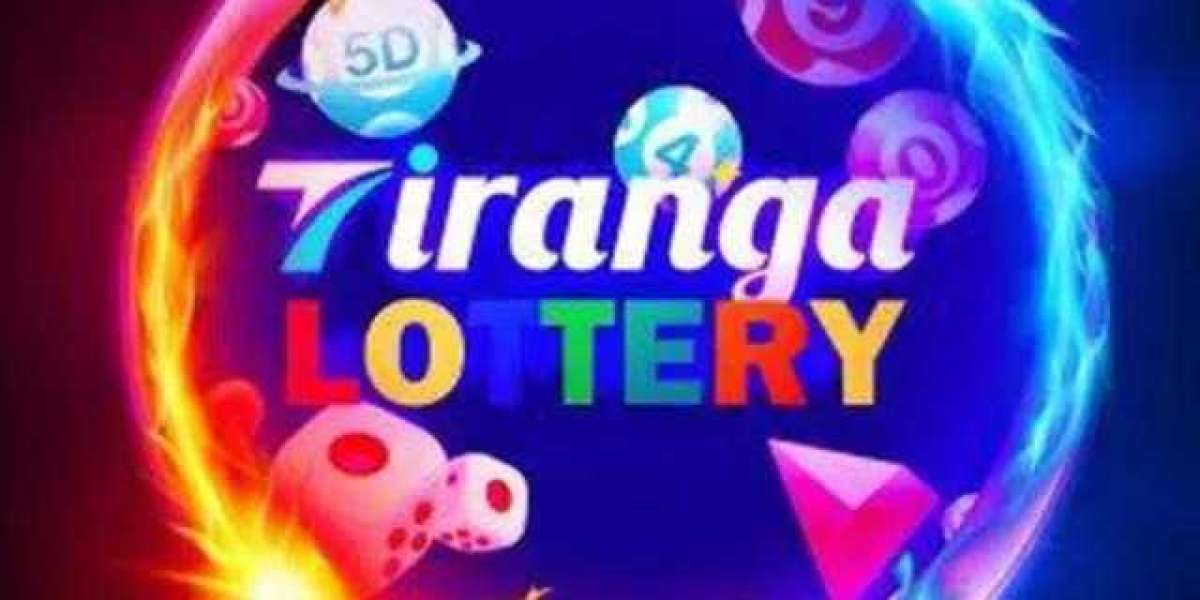India, a country rich in cultural diversity and history, has always found unique ways to honor its heritage, celebrate its achievements, and promote unity. One of the most significant symbols of national pride is the Tiranga—India’s national flag. The Tiranga, which comprises three horizontal stripes of saffron, white, and green with the Ashoka Chakra in the center, holds deep significance. It represents courage, peace, prosperity, and progress, values that have defined India’s journey from colonial rule to its position as a growing global power.

In an effort to combine patriotism with a sense of national pride, the Tiranga Lottery is an innovative initiative aimed at not only celebrating the nation’s achievements but also contributing to social welfare. The idea of the Tiranga Lottery is to merge the excitement of winning with the powerful symbolism of the Indian flag. It serves as a mechanism to generate funds for various national development programs, while also promoting unity, patriotism, and public participation in national causes.
In this article, we delve into the concept of the Tiranga Lottery, its objectives, how it works, and the potential impact it can have on India’s progress and citizens.
The Meaning and Importance of the Tiranga
Before exploring the Tiranga Lottery, it’s essential to understand the significance of the Tiranga (meaning "tricolor") in the context of India’s identity. The flag’s three colors hold profound meaning:
- Saffron signifies courage, sacrifice, and the spirit of selflessness in the fight for freedom.
- White stands for truth, peace, and harmony among India’s diverse communities.
- Green represents faith, prosperity, and the country’s commitment to growth and development.
- The Ashoka Chakra, a 24-spoked wheel in the center, symbolizes the eternal wheel of law, progress, and the pursuit of justice.
The Tiranga is more than just a flag; it is a symbol of the collective will, strength, and aspirations of the Indian people. It represents the values that continue to guide the nation toward prosperity and peace. By incorporating this powerful symbol into a lottery initiative, organizers seek to remind citizens of their shared commitment to these values.
What Is the Tiranga Lottery?
The Tiranga Lottery is a new and creative initiative that combines the thrill of participating in a lottery with the pride and sense of duty associated with India’s national flag. It is a chance for individuals to purchase tickets for a specified price, with the possibility of winning valuable prizes, while also contributing to the greater good of the nation.
Unlike traditional lotteries, where the funds raised are often directed toward private entities or organizations, the Tiranga Lottery aims to raise money for public welfare projects, national development, and social causes. These could include initiatives focused on education, healthcare, infrastructure, poverty alleviation, and rural development.
While the main attraction of any lottery is the chance to win, the Tiranga Lottery also allows participants to contribute to a shared vision of national progress. This unique integration of patriotism and personal gain serves as an exciting way to encourage greater public participation in both the lottery and broader nation-building efforts.
How Does the Tiranga Lottery Work?
The Tiranga Lottery follows a similar structure to most traditional lotteries but with a significant difference in purpose and impact. Here’s how it typically works:
Ticket Sales: The first step in the Tiranga Lottery is the purchase of tickets. Tickets are sold at an affordable price to ensure accessibility for all citizens, including people from different socioeconomic backgrounds. The cost of a ticket could be kept low so that individuals from all walks of life can take part in the lottery.
Draw and Prizes: Once the tickets are sold, a draw is held to randomly select winners. The prizes in the Tiranga Lottery can range from cash rewards, cars, houses, and other valuable items to even educational scholarships. The prizes are often designed to appeal to a wide range of participants, offering something meaningful to everyone who takes part.
Revenue Allocation: The most important aspect of the Tiranga Lottery is its commitment to social welfare. A percentage of the revenue generated from ticket sales is directed toward supporting various social causes. These funds can be allocated to improving healthcare facilities, building schools in rural areas, providing scholarships for underprivileged students, supporting sustainable development projects, and enhancing infrastructure in less developed regions.
National Days for Maximum Participation: The lottery is often organized during significant national celebrations such as Independence Day (August 15) or Republic Day (January 26). These occasions already carry an emotional and patriotic resonance, and aligning the lottery with such events amplifies the feeling of national pride while encouraging participation from the public.
Fostering Patriotism Through the Tiranga Lottery
The Tiranga Lottery isn’t just about winning prizes; it is about encouraging a collective sense of pride in one’s nation. India’s struggle for independence, its subsequent growth as a republic, and the progress it continues to make in various sectors are all captured in the symbol of the Tiranga. The lottery provides a platform for citizens to actively engage with these ideals.
When people purchase a ticket for the Tiranga Lottery, they aren’t just buying a chance to win—they are supporting the values represented by the Tiranga itself. By participating, individuals become contributors to the country’s journey toward a better future, knowing that the funds generated will go toward causes that benefit the nation as a whole. This can help foster a sense of shared responsibility and national unity, while encouraging people to think beyond personal gain.
Contributing to National Development
Perhaps the most compelling aspect of the Tiranga Lottery is its ability to generate funds for national development. India faces a multitude of challenges, from healthcare and education deficits to infrastructure gaps in rural areas. The revenue generated by the Tiranga Lottery can be directed toward addressing these challenges in a tangible way.
For instance, the funds could be used to build more schools and hospitals in underprivileged areas, create sustainable energy projects, support women’s empowerment programs, or improve public transportation systems. By ensuring that the revenue from the lottery goes directly into projects that benefit the public, the Tiranga Lottery becomes an important tool in creating lasting change.
This model also encourages individuals to be proactive in their involvement with the development of their country. When people buy tickets, they understand that they are playing a role in addressing key national issues, which can lead to a greater sense of purpose and national pride.
Ethical Considerations and Concerns
While the Tiranga Lottery holds great potential, it also raises ethical considerations. Critics may argue that the commercialization of the Tiranga—India’s most revered symbol—could lead to its dilution or misuse. Additionally, there are concerns about the impact of lotteries in general, particularly on vulnerable populations who might be tempted to gamble in hopes of a large financial windfall.
To address these concerns, the organizers of the Tiranga Lottery must ensure transparency in how the funds are used. The lottery should be regulated carefully to avoid exploitation, and efforts should be made to educate participants about responsible involvement. There should also be strict guidelines regarding the ethical use of the Tiranga symbol to ensure its sanctity is maintained.
Legal Framework and Oversight
India has established regulations around the operation of lotteries through the Lotteries (Regulation) Act, 1998, which aims to ensure that lotteries are conducted fairly and transparently. The Tiranga Lottery, if it gains official sanction, would be subject to these regulations, ensuring that the proceeds are used for social causes and that the lottery is free from manipulation.
Conclusion
The Tiranga Lottery is an innovative initiative that not only provides the excitement of winning but also fosters a deeper sense of patriotism and responsibility among citizens. By participating in this lottery, individuals can contribute directly to the growth and progress of the nation, helping to address critical social challenges while celebrating the values symbolized by India’s national flag.
Through this blend of national pride and social responsibility, the Tiranga Lottery has the potential to unite citizens in a shared mission to build a better India, making it more than just a game of chance. Instead, it becomes a means of empowerment and a symbol of collective action, where every ticket purchased contributes to a brighter, more prosperous future for the country.














